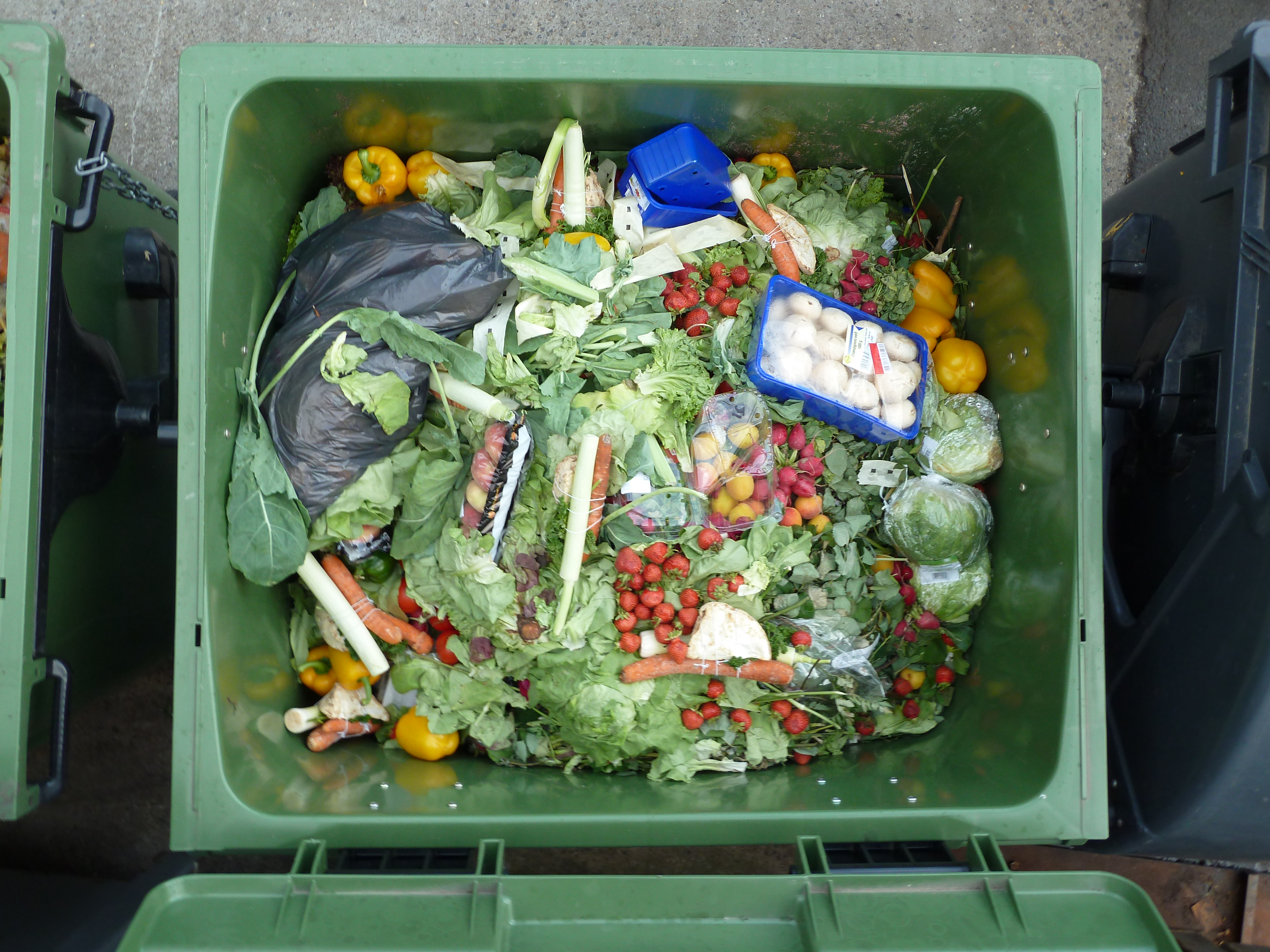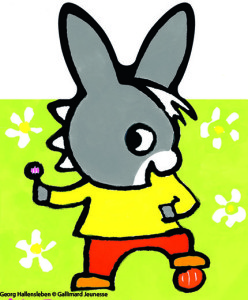As a result of several recent questions by members of my PLN who are beginning their journey to a more proficiency-based methodology, I have created this outline of the steps I take when creating a thematic unit. While I am planning a series of posts with more detailed information about each step, I’ve included basic information about the process I use, as well as an agenda (updated 8/4/18) with resources for an Intermediate Low unit on vacations, in this post.
Step 1: Determine what I want the students to be able to do at the end of the unit and write a Can-Do statement for each mode of communication. Because ACTFL has not yet released their new version of the Can-Do Statements, I based these Can-Do’s on the current benchmarks. These statements are based on the Intermediate Low descriptors, which is my targeted performance level for these students.
- Interpersonal Communication: I can participate in conversations about vacations using simple sentences.
- Presentational Speaking: I can present information on a vacation using a series of simple sentences.
- Presentational Writing: I can write briefly about a vacation using a series of simple sentences.
- Interpretive Listening: I can understand the main idea in short, simple messages and presentations about vacations.
- Interpretive Reading: I can understand the main idea of short and simple texts about vacations.
Step 2: Create the Integrated Performance Assessment. For an in-depth explanation of how I design IPA’s, please refer to this previous post. In short, I 1) Select an authentic written and/or recorded resource, 2) Create a comprehension guide based on the ACTFL IPA template, 3) Create an interpersonal task based on the authentic text and 4) Create a presentational writing and/or speaking task based on the authentic resource and interpersonal task.
Step 3: Identify the structures, vocabulary and skills the students need in order to demonstrate the targeted proficiency level on the IPA. In this unit, I determined that the students would need to learn/acquire the following language, structures and content.
- Vocabulary related to the topic of vacations. This would include terms for vacation activities, lodging, transportation, etc. While these students will be familiar with some leisure activities that are part of a typical vacation, a greater variety of vocabulary will allow for more detailed performances.
- The ability to use past tenses to describe vacations they have taken. While these students used some past tenses in French 2, they will need lots of exposure and practice to be able to use these structures, albeit with expected errors, on these performances. Because the descriptor, “I can usually talk about events and experiences in various time frames” is part of the Intermediate High benchmark, it will be some time before I will expect these students to easily use these structures. However, by providing opportunities for students to use past tenses in a variety of contexts in this unit I am preparing them to eventually reach this level of proficiency.
- Cultural background on French products, practices and perspectives. Because I assess my students’ cultural competence as part of each mode of communication, it is important that they have adequate preparation in determining these aspects of culture throughout the unit.
Step 4. Create a series of lessons that will allow the students to demonstrate the targeted proficiency level on the IPA. Having determined the students’ needs in terms of vocabulary, structures and content, I create individual lessons designed to fill these gaps. These lessons will provide the students with multiple exposures to the targeted vocabulary and structures as well as learning activities that will allow the students to practice/receive feedback on their use of these structures. Here is a simple explanation of the steps that I usually take in designing each individual lesson for a thematic unit.
A. Determine an organizational structure for the lessons. Based on the theme of a given unit, there are many ways to break the topic into smaller subtopics to provide an integrated structure for individual lessons. In general, I find it works best to begin with lessons that will provide general information on the topic before focusing on more specific details. So in this case, I began with lessons focusing on general vacation practices and then added tasks related to specifics such as beach destinations, vacation activities, traveling with friends, camping vacations and packing for vacation. Because I curate authentic resources on Pinterest boards for each unit that I teach, I often begin the process of creating subtopics by looking at the resources I already have, and grouping them according to subtopic. This saves a considerable amount of time compared to choosing subtopics and then finding appropriate resources. (Of course, I end up searching for additional resources after I have a skeleton of the unit design.)
B. Create a hook for the lesson. I choose an authentic written or recorded text to present at the beginning of each lesson. Presenting simple texts such as infographics or short videos allows me to provide comprehensible input as I talk about the information in the text and ask personalized questions incorporating the vocabulary, structure and content of the text. Click here for a transcript of a sample discussion during the hook portion of the first lesson in this unit based on this infographic.
C. Design an interpretive activity for the lesson. I choose an authentic resource that the students will read or listen to and create a corresponding learning activity/formative assessment that will allow the students to interact with this text. While I will go into greater detail about this aspect of lesson design in a future post, you will find several different examples in this and other units in this blog. In my opinion, this is the most important part of each lesson, as it provides the basis of the interpersonal and presentational activities that follow. In addition, because I don’t use a textbook in my classroom, the authentic resources used in the hook and interpretive activities provide the vocabulary and some structures that the students will use in their performance assessments. Note: You will notice that most of the authentic resources used for the interpretive activities in this unit are written texts. In order to ensure that my students have adequate opportunities to interpret recorded texts, I’ve included several video-based formative assessments (using Edpuzzle) that the students will complete in class or at home throughout the unit.
D. Construct an interpersonal activity based on the content, vocabulary and/or structures in the authentic resource. The interpersonal activity provides students with an opportunity to use the vocabulary and structures that were introduced in the authentic resource to create their own meaning. In addition, as they negotiate meaning on these tasks they are practicing the skills they will use on the IPA with additional scaffolding. Based on the authentic resource and the targeted proficiency level, I incorporate a variety of different types of interpersonal activities. At the novice level, I often focus on vocabulary-building activities such as those described in this post or even this one. As students reach the Intermediate level and are able to create more with the language, I often integrate interpersonal and interpretive activities by having the students co-create graphic organizers (such as in the 1st and 2nd lesson in this unit) or discuss responses on target language interpretive assessments.
E. Devise a presentational writing and/or speaking formative assessment. These activities provide the students with scaffolded opportunities to synthesize the vocabulary and structures introduced in the lesson to create a written or oral product. The scaffolding provided in these formative assessments, as well as the individualized feedback I will give on many of these tasks, will provide the support the students need to demonstrate growth in proficiency on the IPA. Note: While I have included an idea for a written or spoken presentational task for each lesson, it is unlikely that time will permit me to actually assign all of these tasks. Instead, I will choose from among those tasks as time allows.
Step 5: Administer and assess the IPA. Because the format of the IPA mimics the organizational structure of the lessons in the unit, the students should feel confident in their ability to be successful on this assessment.
Stay tuned for additional posts on each step of the lesson design and let me know if you have any questions!
Image Credit: http://maxpixel.freegreatpicture.com/Peanut-Shell-Nutshell-Peanut-Shell-Nuts-Nut-390081









